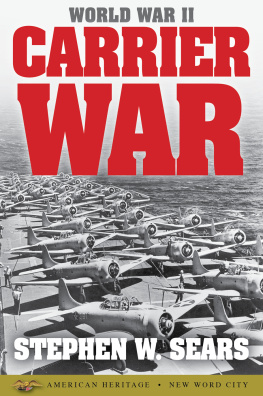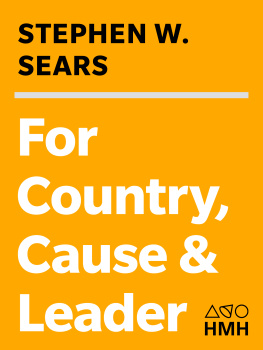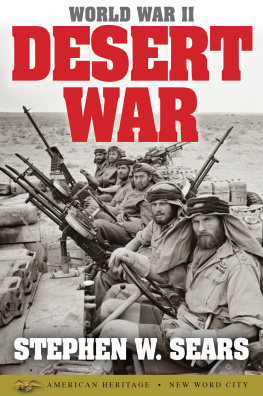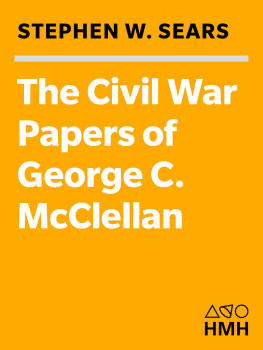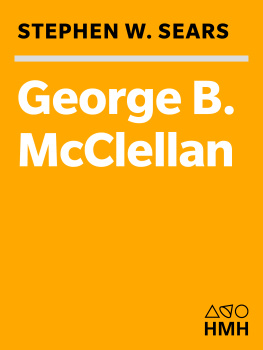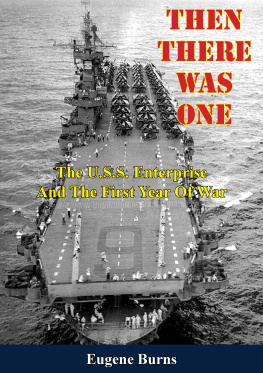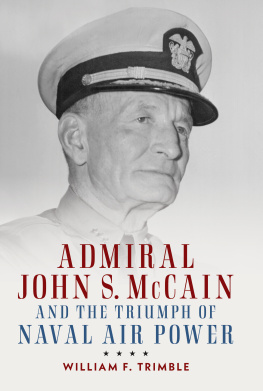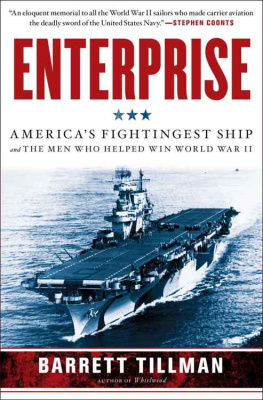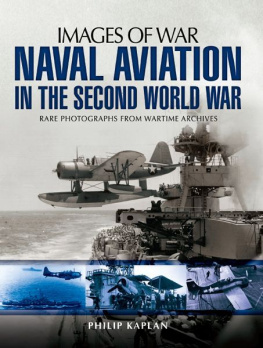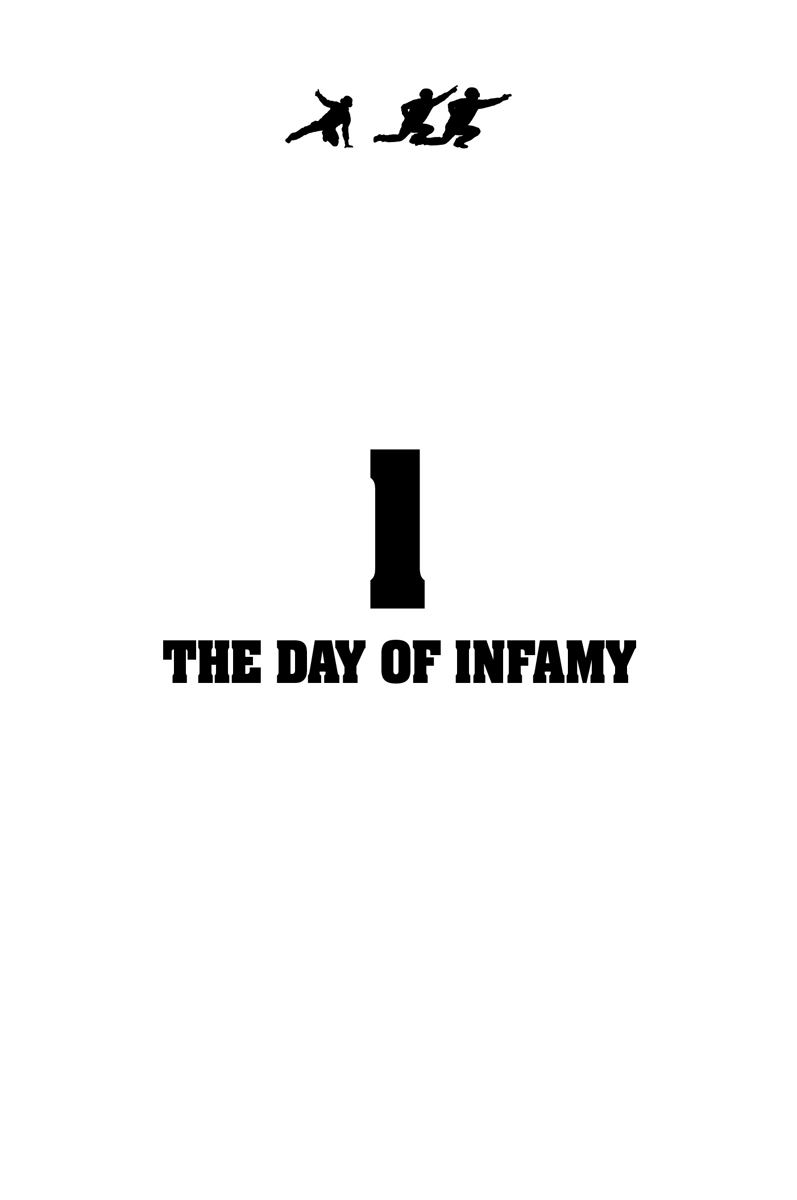Hitokappu Bay, in the Kurile Islands north of Japan, is a cold and desolate place most of the year. It was particularly bleak in the gray light of dawn on November 26, 1941. The snow-covered shore was empty except for a concrete pier, a few fishermens huts, and three tall radio masts swaying in the icy wind that swirled down from the surrounding mountains. In this unlikely setting, riding at anchor in the choppy waters of the bay, was the major striking power of the Imperial Japanese Navy .
In numbers, this task force was small - six aircraft carriers, two battleships, three cruisers, nine destroyers, and three submarines, with eight oil tankers for at-sea refueling - but in offensive power it was extremely strong. Nested aboard the big carriers were 423 warplanes, capable of swiftly reaching out hundreds of miles from their mobile floating airfields to smother a target with as much as 225 tons of bombs and aerial torpedoes. The thirty-one ships had arrived secretly, slipping out of various Japanese ports over a two-week period. All radio transmitters were shut down to prevent the tracing of messages.
On the bridge of the carrier Akagi , Vice Admiral Chuichi Nagumo , task force commander, issued an order. Signal flags fluttered from the flagships yardarm. Winches hoisted rattling anchor chains, and steam turbines surged up to high speed. One by one the sleek gray ships put out to sea, shaping an easterly course across the foggy North Pacific.
In Washington, D.C., halfway around the world and on the other side of the International D ate Line , it was early evening of the previous day, November 25. It had been a long and wearing day for officials of the American government. At noon, President Franklin D. Roosevelt had called together his chief advisers - Secretary of State Cordell Hull , Secretary of War Henry L. Stimson , Secretary of the Navy Frank Knox , the Navys Admiral Harold R. Stark , the Armys General George C. Marshall - to discuss the growing crisis with Japan. As they weighed the chances of war breaking out in the Far East, the president reminded his advisers that the Japanese are notorious for making an attack without warning. Returning to the War Department, Stimson learned that Japanese troop transports had been sighted sailing south along the China coast. He spoke to General Marshall and Admiral Stark about sending new warnings to American military commanders in the Pacific.
Prospects were dim for the United States remaining at peace much longer. World War II had broken out in Europe more than two years before. Adolf Hitler s German armies controlled most of the Continent and had driven deep into Russia. In North Africa, British forces were fighting hard against the Germans and their Italian allies, but at home, Britain was being bled white by submarine attacks on the merchant ships vital to its survival.
Refusing to stand idle in this world crisis, President Roosevelt proclaimed America the Arsenal of Democracy and ordered military supplies sent to both Britain and Russia. At the same time, the United States speeded up the painfully slow process of rearming after years of neglecting its military forces. While the Army and Navy suffered shortages of everything from medicine to machine guns, isolationists - those who insisted that America must stay out of the worlds quarrels - loudly accused the president of pushing the nation toward war.
Roosevelt was walking a tightrope, trying to unite the country behind him in shoring up the nations fighting Nazi tyranny and at the same time trying to keep out of war until the armed forces were prepared to fight. His balancing act was made all the harder by Japans threatening moves.
Since 1910, when they annexed Korea, the Japanese had been build ing an empire at their neighbors ex pense. During World War I, they strengthened their position in Asia, and in 1931, they invaded Manchuria and began carving off pieces of China. By 1937, they were waging a full-scale war against the Chinese. The strong est force in Japan was not Emperor Hirohito and his government officials but an iron-willed group of Imperial Army officers known to its opponents as the Manchuria Gang. The goal of these ambitious warlords was noth ing less than a vast empire in Asia and the southwest Pacific that would bring Japan unlimited natural re sources and make her ruler of half of the worlds population.
The Manchuria Gang saw the war that burst upon Europe in 1939 as a golden opportunity. By 1941, Japan had signed up with the other Axis powers, Germany and Italy, and was menacing the Asian possessions of France, the Netherlands, and Great Britain. The oil-rich Netherlands East Indies (now called Indonesia) was the prize most wanted by the Japanese.
These actions concerned and an gered the American government. Sec retary of State Cordell Hull told the Japanese ambassador that the United States would not sit absolutely quiet while two or three nations before our very eyes organized naval and military forces and went out and conquered the balance of the earth. When Jap anese soldiers completed their occu pation of French Indochina in July of 1941, President Roosevelt reacted vigorously by freezing Japanese funds in the United States. Soon it was impossible for Japan to buy American oil, and the Netherlands East Indies followed the presidents lead.
Roosevelt was playing a trump card in the grim game to halt Japanese aggression, for over 80 percent of Japans oil came from these two sources. Only when the Imperial Army withdrew from Indochina and ended the fighting in China, said the president, would the flow of oil resume. For the warlords, this would mean humiliating loss of face and an end to their dreams of glory. Japans diplomats were ordered to seek a peaceful settlement while the military put the finishing touches on plans for war. On October 17, 1941, tough, intense General Hideki Tojo , leader of the Manchuria Gang, became prime minister, the emperors chief government official.
Japanese forces in French Indochina were strengthened, and armies were readied to strike at Singapore and Hong Kong , Britains main outposts in Asia. Soldiers and planes were massed on the island of Formosa , less than 500 miles from American military bases in the Philippine Islands. And Admiral Nagumos carrier task force, in complete secrecy, steamed out of Hitokappu Bay into the North Pacific.
On Wednesday, November 26, Secretary of War Stimson wrote in his diary that Roosevelt fairly blew up when he learned of the troop transports spotted off the China coast. Late that afternoon, Hull gave ambassadors Kichisaburo Nomura and Saburo Kurusu a strong statement that repeated American demands for an end to all Japanese aggression in Asia. The ambassadors were upset. Tokyo had given them until November to reach an agreement with the United States; after that, the message warned mysteriously, things are automatically going to happen. The deadline was only three days away, and the American leaders had not budged an inch.
The United States still had a trump card left, if a way could be found to play it. For more than a year, ever since Army Colonel William F. Friedman broke Japans top-secret Purple Code , U.S. Intelligence officers had been able to read the messages Tokyo radioed to its diplomats all over the world. So the president was well aware that in a few days, important things, things that would probably mean war, were automatically going to happen. Just where they would happen, however, the Purple Code did not reveal.
Most clues pointed toward the Far East; government leaders were sure that Japan would avoid a head-on collision with the United States and its enormous industrial strength if easier gains could be made in Asia. They were equally sure that the Japanese would have to throw all their military strength into any thrust southward toward the Netherlands East Indies.

